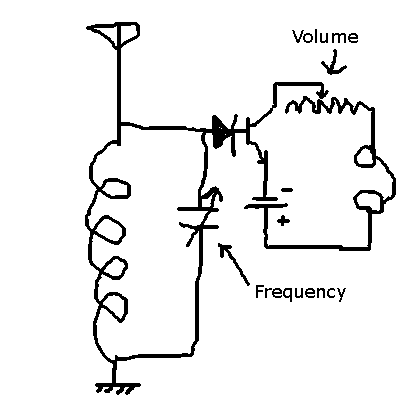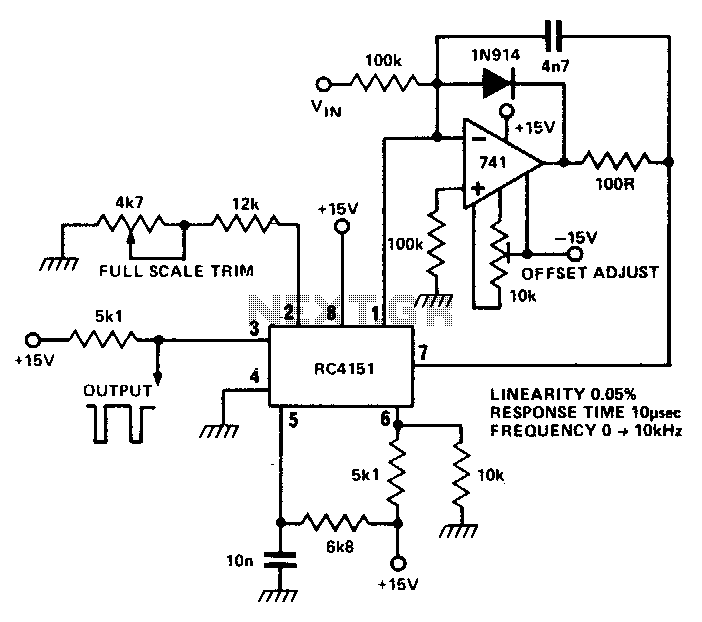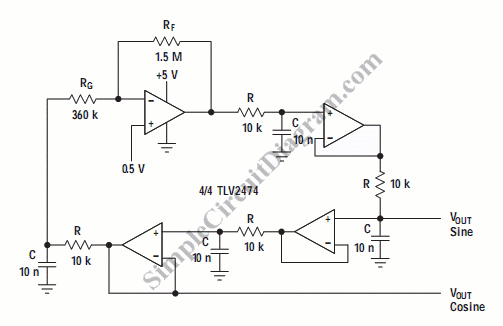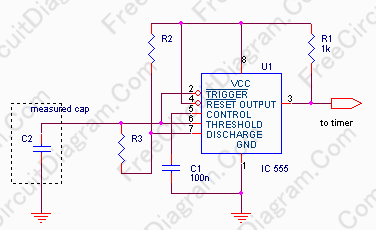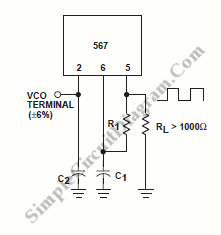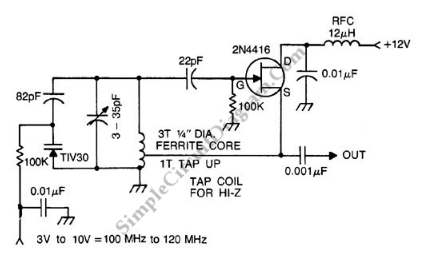
Parallel crystal oscillator
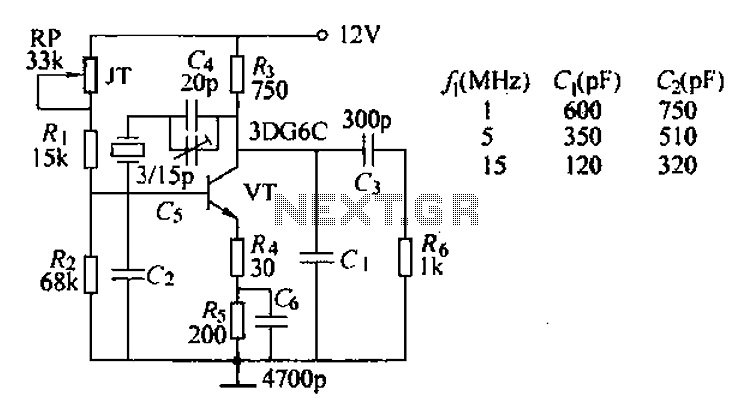
The typical crystal oscillator circuit depicted in the figure is a three-point oscillator designed for capacitance feedback. The oscillator's frequency is influenced by the series and parallel resonant frequencies of the crystal. This type of circuit is commonly known as the Pierce oscillator, specifically a parallel fork type crystal oscillator. It utilizes a 3DG6C transistor, with additional parameters referenced in the figure. The frequency of the Pierce oscillator is determined by the components C1, G, and C3, as well as the characteristics of the crystal. The parallel oscillation frequency lies between the series resonant frequency and the parallel resonant frequency of the quartz crystal.
The Pierce oscillator is a widely used configuration in electronic circuits for generating stable frequencies. It typically consists of a crystal, an amplifier (often a transistor), and passive components such as resistors and capacitors. The crystal used in the circuit provides a highly stable frequency reference due to its mechanical resonance properties.
In this configuration, the circuit operates by feeding back a portion of the output signal through the crystal, which acts as a frequency-selective element. The crystal's characteristics define the oscillation frequency, which is typically very precise and stable. The feedback loop is crucial for sustaining oscillations, and the choice of components like C1, G, and C3 significantly influences the overall performance, including start-up time, amplitude stability, and frequency accuracy.
The transistor (3DG6C) serves as the active element that amplifies the signal, enabling the circuit to maintain oscillations. The values of the capacitors and any resistive components must be carefully selected to ensure that the circuit operates within the desired frequency range while also providing the necessary phase shift for oscillation.
The Pierce oscillator is particularly advantageous in applications requiring low phase noise and high frequency stability, making it suitable for use in clocks, RF transmitters, and various communication systems. Understanding the interplay between the crystal properties and the surrounding circuit elements is essential for optimizing the performance of this oscillator configuration.Actual typical crystal oscillator circuit as shown in FIG. The three-point oscillator circuit to meet the original composition is for capacitance feedback oscillator. When the oscillator oscillation frequency of the series and parallel resonant frequency of the resonant frequency of the crystal is between crystal was emotional, it may oscillate oscillator. This circuit is commonly referred to Pierce (Pierce) oscillator, called parallel fork type crystal oscillator.
Transistors 3DG6C, other parameters as shown 21-31 in FIG. Pierce oscillator frequency by the c1, G, C3 decision circuit and crystal composition. Parallel crystal oscillation frequency of between A series resonant frequency and the parallel resonant circuit of quartz crystal frequency.
The Pierce oscillator is a widely used configuration in electronic circuits for generating stable frequencies. It typically consists of a crystal, an amplifier (often a transistor), and passive components such as resistors and capacitors. The crystal used in the circuit provides a highly stable frequency reference due to its mechanical resonance properties.
In this configuration, the circuit operates by feeding back a portion of the output signal through the crystal, which acts as a frequency-selective element. The crystal's characteristics define the oscillation frequency, which is typically very precise and stable. The feedback loop is crucial for sustaining oscillations, and the choice of components like C1, G, and C3 significantly influences the overall performance, including start-up time, amplitude stability, and frequency accuracy.
The transistor (3DG6C) serves as the active element that amplifies the signal, enabling the circuit to maintain oscillations. The values of the capacitors and any resistive components must be carefully selected to ensure that the circuit operates within the desired frequency range while also providing the necessary phase shift for oscillation.
The Pierce oscillator is particularly advantageous in applications requiring low phase noise and high frequency stability, making it suitable for use in clocks, RF transmitters, and various communication systems. Understanding the interplay between the crystal properties and the surrounding circuit elements is essential for optimizing the performance of this oscillator configuration.Actual typical crystal oscillator circuit as shown in FIG. The three-point oscillator circuit to meet the original composition is for capacitance feedback oscillator. When the oscillator oscillation frequency of the series and parallel resonant frequency of the resonant frequency of the crystal is between crystal was emotional, it may oscillate oscillator. This circuit is commonly referred to Pierce (Pierce) oscillator, called parallel fork type crystal oscillator.
Transistors 3DG6C, other parameters as shown 21-31 in FIG. Pierce oscillator frequency by the c1, G, C3 decision circuit and crystal composition. Parallel crystal oscillation frequency of between A series resonant frequency and the parallel resonant circuit of quartz crystal frequency.
